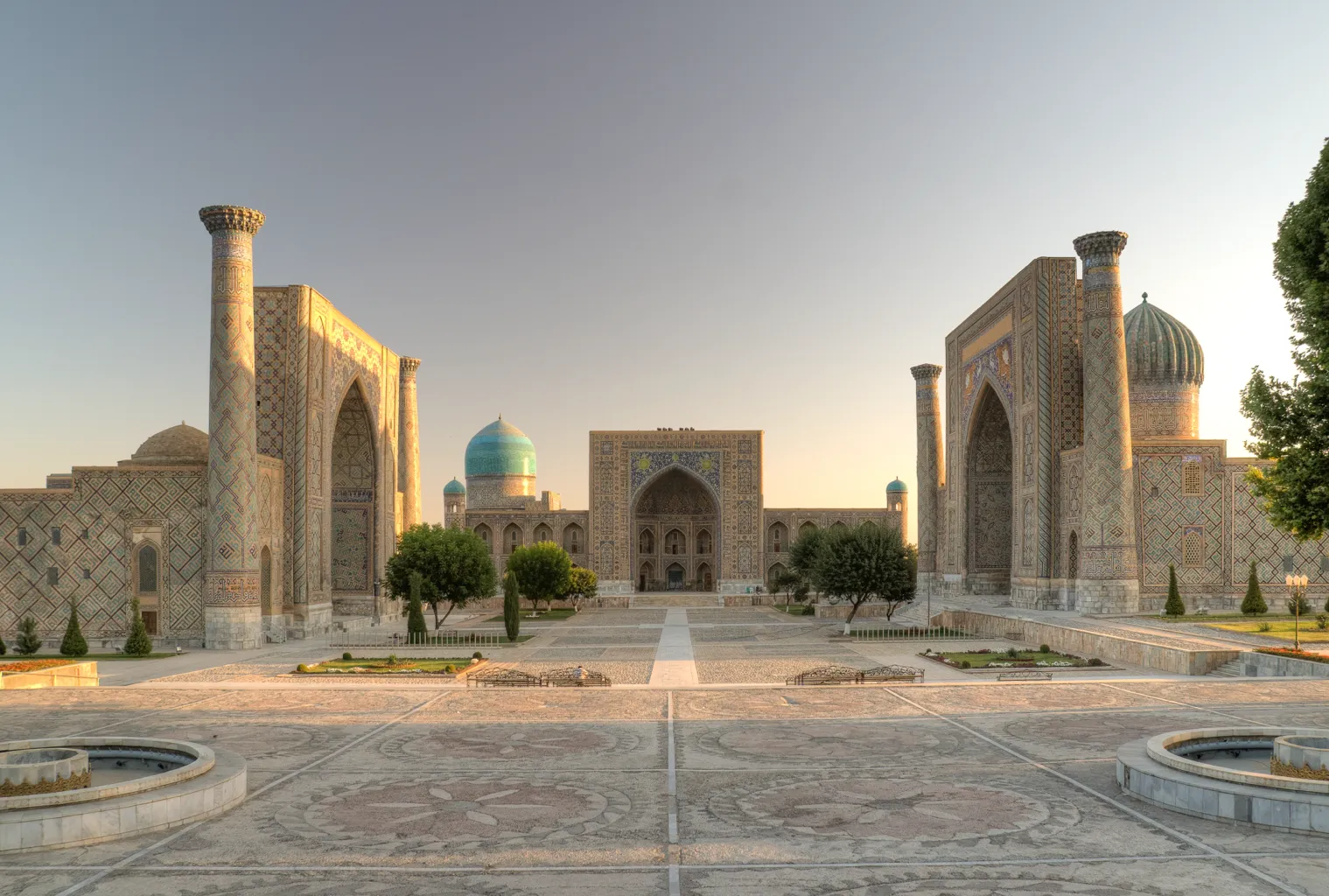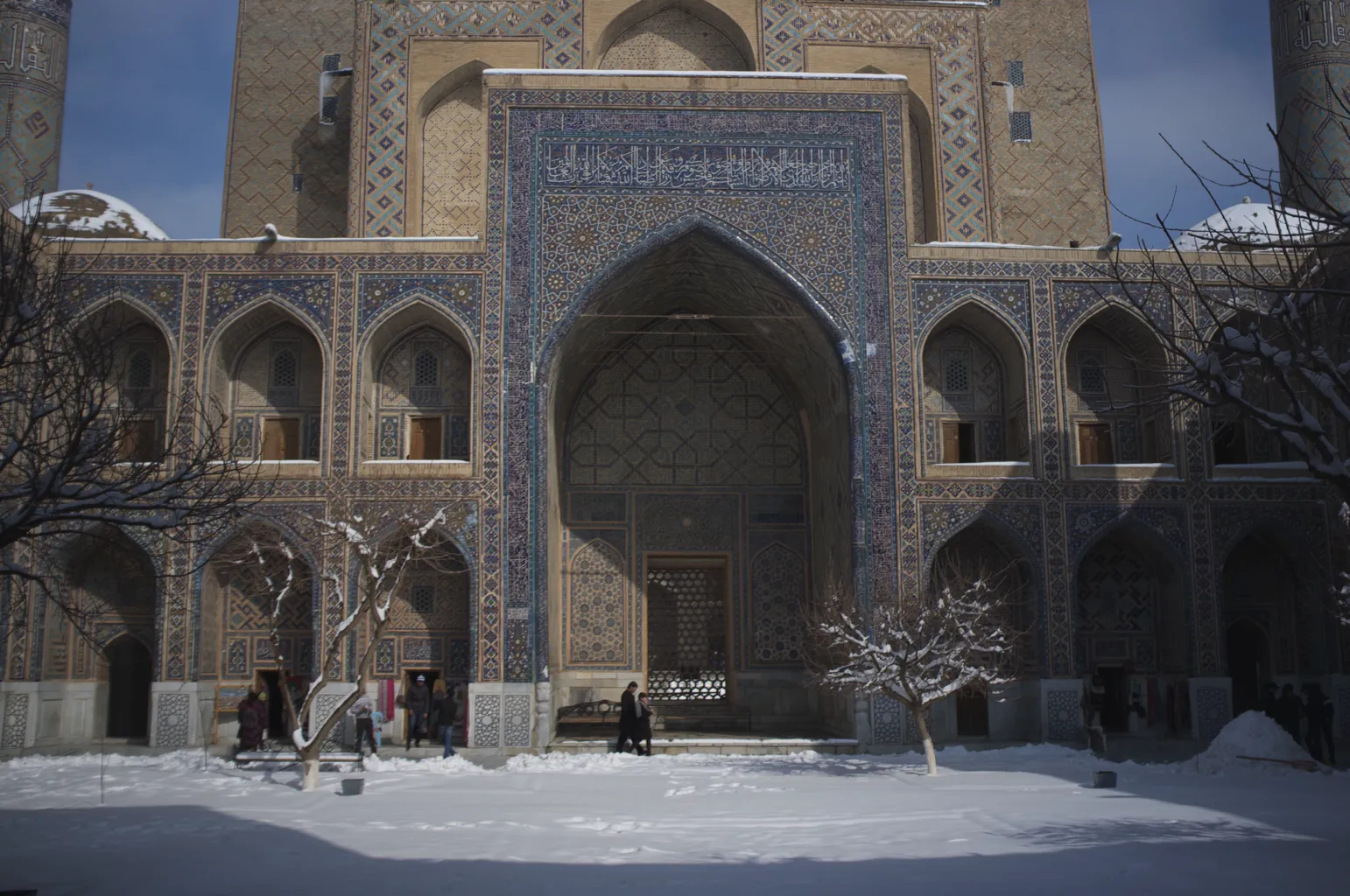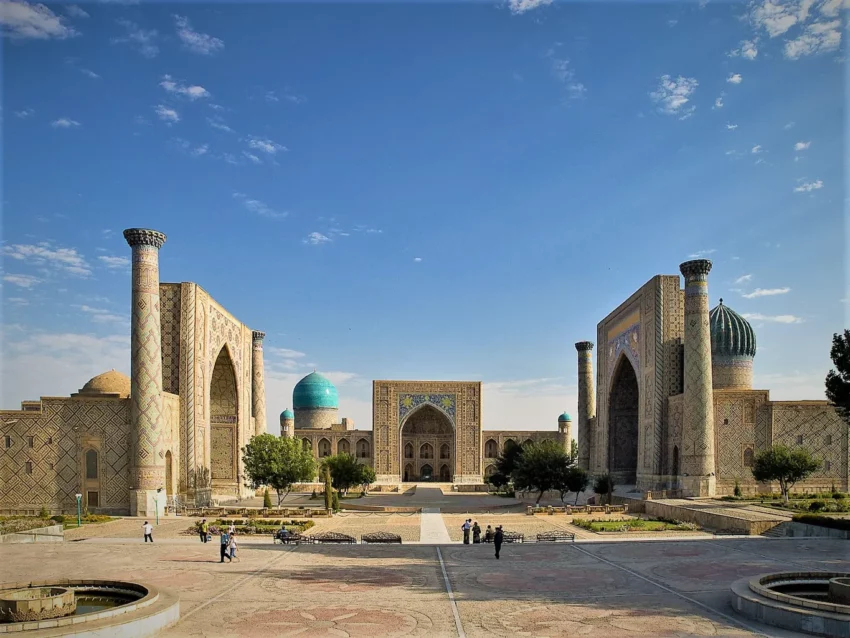The Historical Significance of Samarkand
Samarkand, one of the oldest cities in Central Asia, has a rich history that spans over two millennia. Located in modern-day Uzbekistan, it has been a key cultural and economic hub. This blog post will explore the historical significance of Samarkand, focusing on its development, cultural contributions, and enduring legacy.
Get your dose of History via Email
Early History and Foundation
Samarkand’s origins date back to the 7th century BC. Archaeological evidence suggests that the city was founded by the Sogdians, an ancient Iranian people. By the 4th century BC, Samarkand had become a significant city in the Achaemenid Empire. Alexander the Great conquered it in 329 BC, integrating it into his vast empire.

The Sogdian Era
During the Sogdian era, Samarkand flourished as a center of trade and culture. The Sogdians were renowned merchants who played a crucial role in the Silk Road trade network. They facilitated the exchange of goods, ideas, and cultures between the East and the West. This period saw the city grow in wealth and influence.
Islamic Conquest and the Abbasid Caliphate
In the early 8th century AD, Arab forces conquered Samarkand, bringing it under Islamic rule. The city became part of the Abbasid Caliphate. This period marked a significant transformation in Samarkand’s cultural and religious landscape. Islamic architecture, art, and scholarship began to flourish.
The Samanid and Karakhanid Dynasties
The Samanid dynasty, which ruled from the 9th to the 10th century AD, made Samarkand a center of learning and culture. The city became known for its contributions to science, literature, and the arts. Following the Samanids, the Karakhanid dynasty took control in the 11th century AD. They continued to promote cultural and economic growth.

The Mongol Invasion
In 1220 AD, the Mongol Empire, led by Genghis Khan, invaded Samarkand. The city suffered significant destruction, but it eventually recovered. The Mongols incorporated Samarkand into their vast empire, and it became an important administrative center.
The Timurid Renaissance
The most significant period in Samarkand’s history came under the rule of Timur (Tamerlane) in the late 14th century AD. Timur made Samarkand the capital of his empire. He initiated a massive building program, constructing grand mosques, madrasas, and mausoleums. The city became a center of art, science, and culture, attracting scholars and artisans from across the Islamic world.
The Uzbek Period
In the early 16th century AD, the Uzbek Shaybanid dynasty took control of Samarkand. The city continued to be an important cultural and economic center. However, its political significance declined as the capital moved to Bukhara.

Russian Empire and Soviet Era
In the 19th century AD, the Russian Empire annexed Samarkand. The city underwent modernization and became a key administrative center. During the Soviet era, Samarkand continued to develop, with significant investments in infrastructure and education.
Modern-Day Samarkand
Today, Samarkand is a UNESCO World Heritage Site, recognized for its historical and cultural significance. The city’s architectural landmarks, such as the Registan Square, Shah-i-Zinda, and the Bibi-Khanym Mosque, attract tourists and scholars alike. Samarkand remains a testament to the rich history and cultural heritage of Central Asia.
Conclusion
Samarkand’s history is a tapestry of diverse cultures, empires, and epochs. From its early days as a Sogdian settlement to its zenith under Timur, the city has played a pivotal role in the history of Central Asia. Its enduring legacy continues to inspire and educate, making it a vital subject of study for historians, researchers, and archaeologists.
Sources

